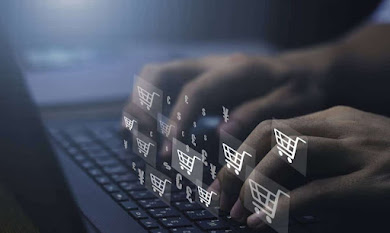IoT in mass distribution
What is IoT and IoT Connectivity
IoT is a vast ecosystem composed of terminals (objects), sensors, software, platforms, routers, etc. This allows all devices that can be connected to the internet to be linked together. In an IoT network, Big Data, Machine Learning and even cloud computing technologies are used. The objective is to create gateways between the different terminals to create the network and to process the available data. IoT promotes the automation of many tasks. In the mass distribution sector, its implementation applies at the supply chain level and for in-store product management.
IoT connectivity, for its part, refers to the connection between the different points that constitute the IoT ecosystem. To establish it, we must use solutions designed for this purpose. If you want to connect several devices in a large retail store, an M2M SIM card will be useful to you. You will indeed be able to benefit from a 2G, 3G or 4G network. IoT connectivity is also possible with a solution such as NBIoT LoRa, LPWAN, Wifi, etc. You will need an IoT specialist to implement such a network in your retail business.
Different use cases of IoT in mass distribution
IoT applies at various levels in mass distribution . One of its most convincing applications is automated payment. In this case, the cash register is connected to software and a label reading system, among other things. After purchasing an item, payment is made automatically from the customer's application. IoT is also used for product transportation, store layout, etc.
More precisely, it is now possible to design RFID tags , which contain electronic chips. The latter are equipped with sensors which facilitate the monitoring of products during transport as well as their security. Time-consuming and repetitive tasks such as counting products are also increasingly being left to robots in stores.
IoT solutions called “ dark stores ” are also intended to reduce storage capacity requirements. They offer many opportunities for commercial enterprises.
The advantages of using connected objects in mass distribution
At the end of 2021, 12.3 billion connected objects around the world. As for the IoT market, its value is expected to be $1.5 trillion in 2025, which is equivalent to ten times its value in 2018. This forecast is clearly recorded in the 2021 UNCTAD report (Conference of United Nations on Trade and Development). All this shows how IoT is taking up more and more space in the economy due to its advantages.
Particularly in mass distribution , connected objects promote the optimization of the supply chain . The time savings they result in are convincing. Likewise, IoT promotes anticipation of possible supply delays. Indeed, supply chain costs are reduced. The use of mass distribution finally leads to an improvement in the level of customer satisfaction. The commercial company thus improves its positioning in its market segment.

Comments
Post a Comment